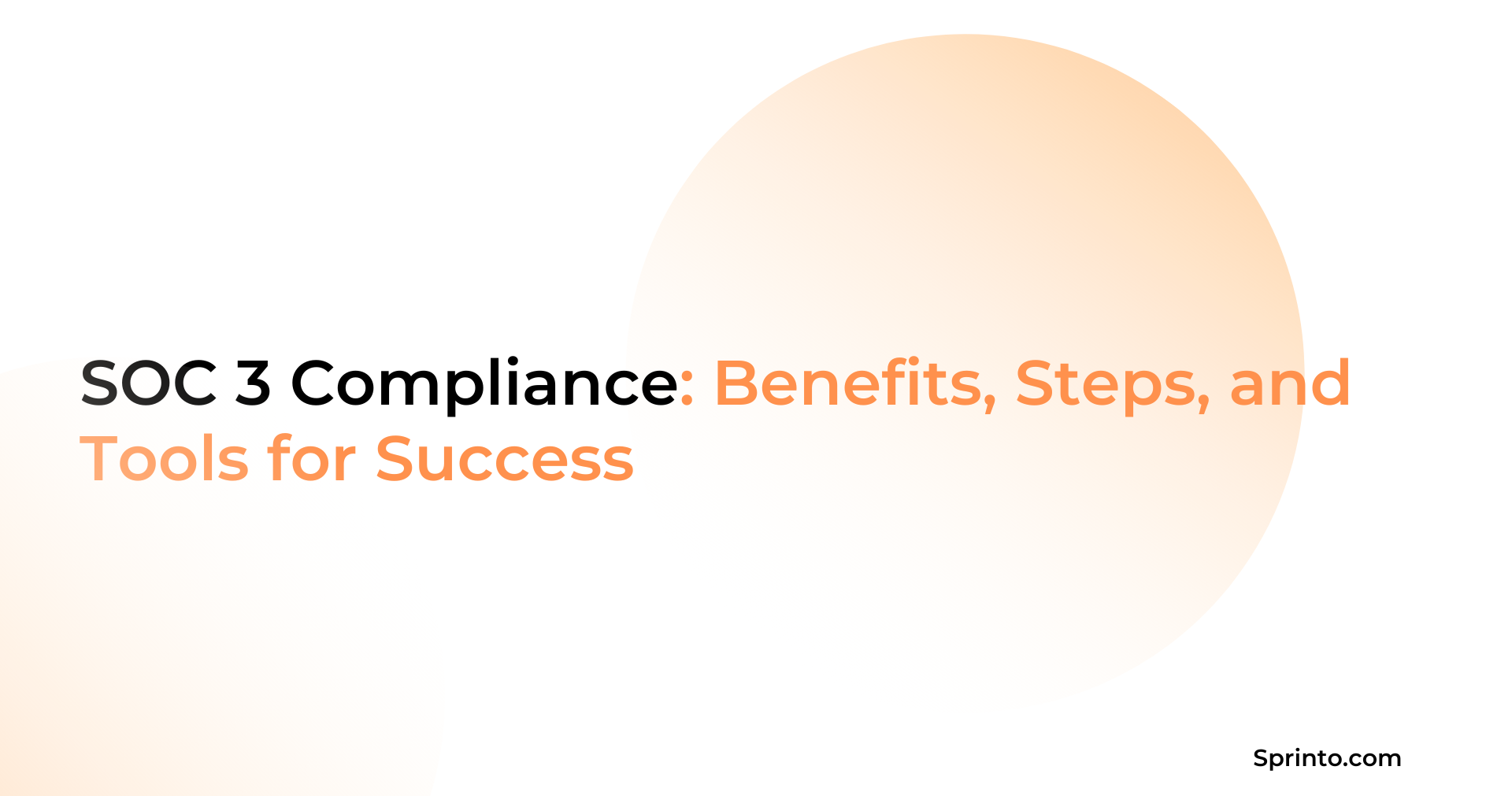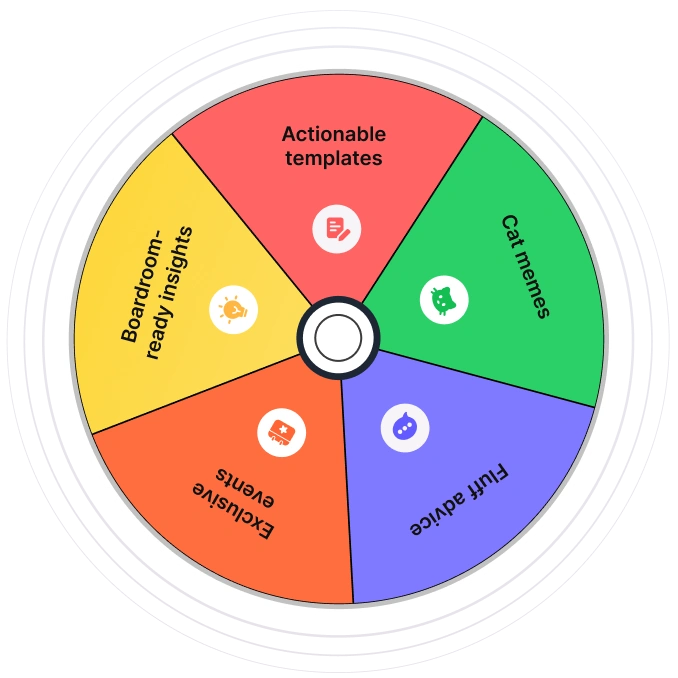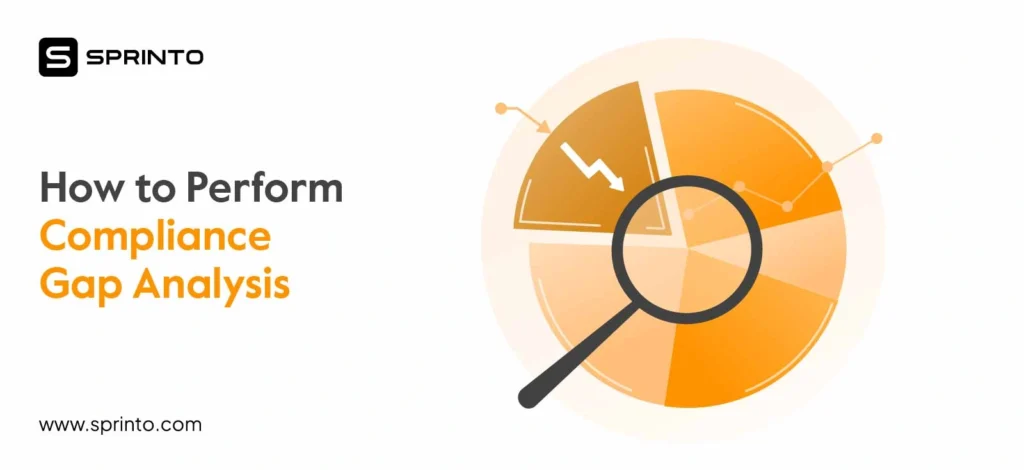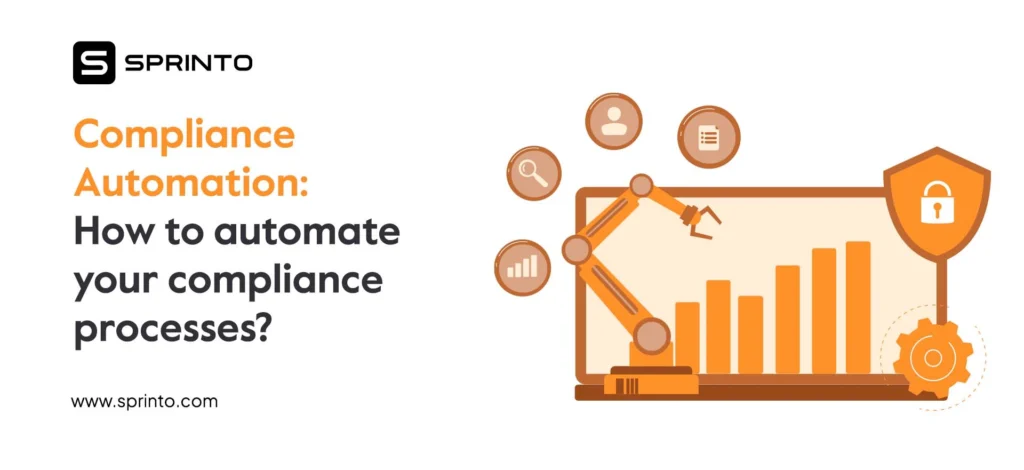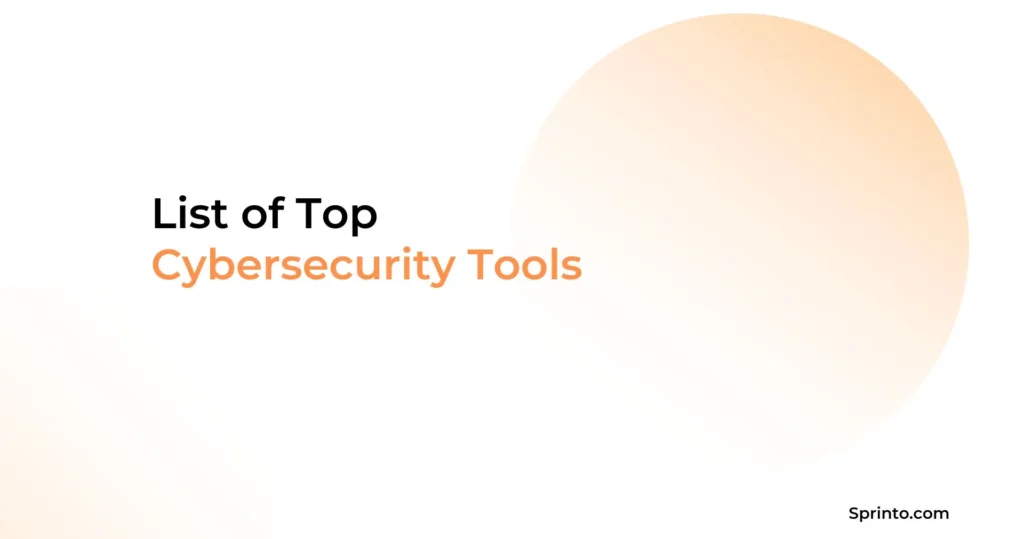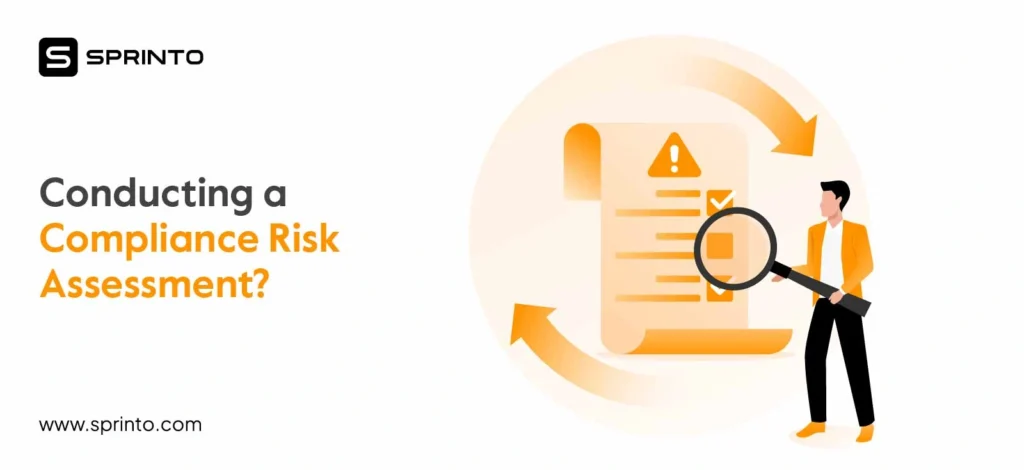As cloud computing gains popularity, security incidents are becoming more commonplace. Consumers are becoming increasingly more conscious about how their data is used and are demanding more of the companies they work with. This is pressuring organizations handling sensitive customer data to prove publicly that they have the right systems in place. One widely accepted way to do this is SOC 3 compliance.
In this blog, let’s take a look at the SOC 3 reporting structure, why you need it, best practices to ensure compliance, and the easiest way to get the report.
What is SOC 3 compliance?
SOC 3 compliance verifies a service organization’s internal controls over security, availability, processing integrity, confidentiality, and privacy. Unlike SOC 2, SOC 3 reports are general-use and designed for public distribution, summarizing security and privacy controls to build trust with customers and stakeholders.
However, it is meant for public consumption and therefore, does not contain confidential information about the controls. It is also important to note that a company cannot become SOC 3 compliant without getting a SOC 2 attestation first.
When should you consider SOC 3?
The SOC 3 report is designed to accommodate service providers looking to demonstrate compliance with the applicable TSC. However, the primary goal is to market to your potential customers and the wider audience.
A SOC 3 attestation targets prospects who are general public and don’t need detailed or comprehensive reports. If you store sensitive customer data in the cloud, SOC 3 is a good way to gain their confidence by demonstrating the effectiveness of your internal security controls.
Why is SOC 3 important? What are its benefits?
SOC 3 compliance helps you conduct an independent assessment to evaluate if the internal security policies and controls are in place. The assessment report helps to build customer trust and improve the effectiveness of your security controls.
1. Customer Assurance and Trust
SOC 3 reports instill confidence in customers by demonstrating that an organization has robust safeguards for protecting sensitive data. By outlining data privacy and security controls, the report addresses customer concerns about risks such as unauthorized access or data breaches.
2. Demonstration of Security Readiness
The SOC 3 report clearly indicates an organization’s security posture, showcasing its adherence to industry-standard controls. It provides evidence of proactive measures for prospective customers, such as encryption protocols, access controls, and incident response plans.
3. Effective Marketing Tool
Organizations leverage SOC 3 reports as a powerful marketing asset to highlight their commitment to security best practices. Companies signal reliability and professionalism to a broad audience by making this report public.
4. Enhanced Brand Reputation
Adopting SOC 3, a globally recognized reporting framework, elevates an organization’s credibility and brand image. Alignment with AICPA standards demonstrates a commitment to excellence in data governance, appealing to stakeholders who value industry-approved practices.
SOC 3 compliance report: what does it cover?
According to AICPA, SOC 3 reports are “designed to meet the needs of user entities who need assurance about the controls at a service organization relevant to security, availability, processing integrity, confidentiality, or privacy, but do not have the need for or the knowledge necessary to make effective use of a SOC 2 Report”.
The key difference between a SOC 2 and a SOC 3 report boils down to the depth of details covered in it. Unlike a SOC 2 report, it does not contain a list of controls, a section on the auditor’s report, or confidential information.
To help you understand this better, here is Amazon’s SOC 3 report, made available to the general public.
IBM Security also made the SOC 3 compliance report of their security measures available for public consumption.
SOC 1 vs SOC 2 vs SOC 3
SOC 1 focuses on financial reporting controls, SOC 2 evaluates security and privacy controls for service organizations, and SOC 3 provides a public report. A table shows the differences between SOC 2, SOC 2 and SOC 3.
| Aspect | SOC 1 | SOC 2 | SOC 3 |
| Purpose | Validate financial reporting controls | Assess controls for data security, availability, confidentiality, etc. | Public summary of SOC 2 for trust-building |
| Control Focus | ICFR (Internal Controls over Financial Reporting) | Trust Services Criteria (TSC) | Same as SOC 2, but high-level |
| Audience | Client auditors, CFOs, and controllers | Tech buyers, compliance teams, and partners | General public, prospects |
| Depth | In-depth financial control testing | Deep operational + technical control testing | No detail; just compliance confirmation |
| Report Type | Type I (design) / Type II (design + operation) | Type I / Type II | General-use; no Type I/II |
| Use Case | Payroll, finance, accounting SaaS | SaaS, cloud, and data processors needing security proof | Marketing, trust page, investor decks |
| Distribution | Restricted; client-specific | NDA-bound; limited to clients/prospects | Publicly shareable |
| Certification Body | CPA firms only | CPA firms with IT audit expertise | Must follow AICPA standards |
| Evidence Detail | Includes test results, auditor’s opinion | Includes test results, exceptions, and remediation | No technical evidence; just assertion |
What are the steps to achieve SOC 3 compliance?
To achieve SOC 3 compliance, an organization must define the scope of its systems, implement controls aligned with AICPA Trust Services Criteria, conduct a gap analysis, engage an accredited CPA firm for a SOC 3 audit (typically Type 2), address any findings, and obtain the public-facing SOC 3 report upon successful audit completion.
On a high level, you can become SOC 3 compliant and get the audit report by following this four step process:
Step 1: Assess your infrastructure
Conduct a readiness assessment of your organization’s security posture to assess gaps in the controls. This helps to prepare for internal compliance audits. This includes both technical and non-technical components of your security controls like access control, encryption, email security, training programs, configuration management, and more.
Know where you stand- Download the SOC 2 self-assessment checklist:
Step 2: Choose an auditor
Select an auditor from a CPA firm that specializes in conducting SOC audits. The firm should be certified and accredited by the AICPA. The auditor may ask questions to evaluate your practices better and gain a better understanding of the security environment.
Step 3: Assessment report
The auditor conducts an assessment of the controls based on the selected TSC. This includes on-site assessment, testing systems, and reviewing documents, checking the transmission process for sharing data, reviewing access controls, and other weaknesses. You can close the gaps in the report before the final report is issued.
Step 4: Share your report
Post evaluation, the auditor prepares the report containing an overview of the assessment, limited to data that can be revealed to the public. This is followed by a statement of assurance which declares the organization’s compliance with the TSCs.
Once the auditor has created the attestation report, you can share the status with prospective customers and utilize it for marketing purposes.
There are two ways to demonstrate compliance with SOC 3 – you can create an internal team and consult an auditing firm, or use compliance automation tools. The first way works and gets the job done. However, it is time-consuming, bleeds the bandwidth of your teams, and often leaves out a lot of gaps.
Automated tools like Sprinto eliminates the need for multiple tools and consultants. It consolidates siloed systems in a centralized dashboard that gives you a comprehensive view of everything – control progress, vulnerabilities, gaps, risks, policies, and more.
Sprinto automates all activities, at least up to 90 percent, so you get compliant in weeks, not months. You can choose an auditor from an auditor network and communicate with them to ensure audit success easily.
Talk to our SOC experts to know how we can help.
Case Study
How Fyle reduced time to compliance from 6 months to 3 weeks using Sprinto
How much does SOC 3 cost?
If you want a SOC 3 report, it will cost you anything between $5,000 to $50,000. The prices may vary depending on factors such as security posture, size of company, and selected trust services criteria.
Want a more accurate assessment of SOC 3 costs? Try our cost calculator.
Get SOC 3 compliant without breaking your stride
Managing security audits can be challenging without the right processes and systems in place. Things can quickly escalate into chaos and confusion, leaving you stressed and eating up your bandwidth.
Sprinto is a compliance automation and risk assessment tool that helps you fast-track your SOC 3 compliance efforts in weeks, not months. Sprinto helps you:
- Continuously monitor your controls to detect security risks and show the health status of your cloud environment.
- Connect you with a network of SOC service auditors to help you pass audits with minimum friction.
- Map risks to the right control and run automated checks in real-time to ensure you don’t fall out of compliance.
- Automatically capture evidence of compliance and corrective actions and store it in an auditor-friendly dashboard for review.
Check how NimbleBox.ai aced their SOC2 Type 2 audit in under 4 months
Ready to get started? Talk to our compliance expert today.
FAQs
What is the difference between SOC 1, SOC 2, and SOC 3 reports?
The major difference between SOC 1 is concerned with the internal controls over financial reporting, while SOC 2 and 3 with the controls for security related to Trust Service Criteria.
Is SOC 2 necessary to get SOC 3?
In short, yes. Since SOC 3 is based on the controls of SOC 2, you cannot be SOC 3 compliant without getting SOC 2 compliance first.
How often are SOC 3 reports required?
As SOC is not mandated by law and is voluntary in nature, you do not need to re-evaluate your status after a given period of time. Rather, it should be based on how often you see fit to gain customer trust and attract new clients.
What is SOC Level 3?
SOC 3 (not “Level 3”) is a compliance certification based on an AICPA audit that evaluates a service organization’s security, availability, processing integrity, confidentiality, and privacy controls. It results in a public, general-use report summarizing security practices to build customer trust.
How long is a SOC 3 report valid?
A SOC 3 report is typically valid for one year, covering the audit period (usually 6–12 months for Type 2). Organizations must undergo annual audits to maintain compliance and issue updated reports.
Anwita
Anwita is a cybersecurity enthusiast and veteran blogger all rolled into one. Her love for everything cybersecurity started her journey into the world compliance. With multiple certifications on cybersecurity under her belt, she aims to simplify complex security related topics for all audiences. She loves to read nonfiction, listen to progressive rock, and watches sitcoms on the weekends.
Explore more
research & insights curated to help you earn a seat at the table.



